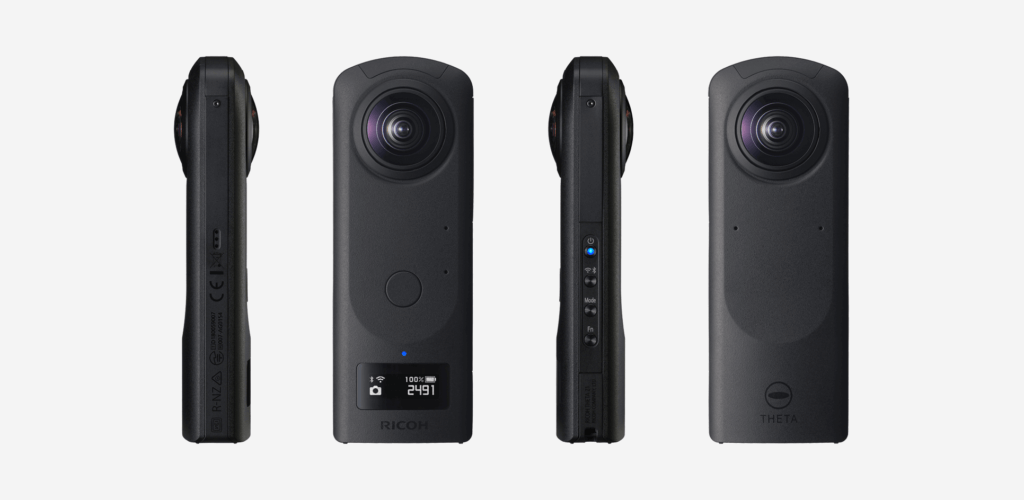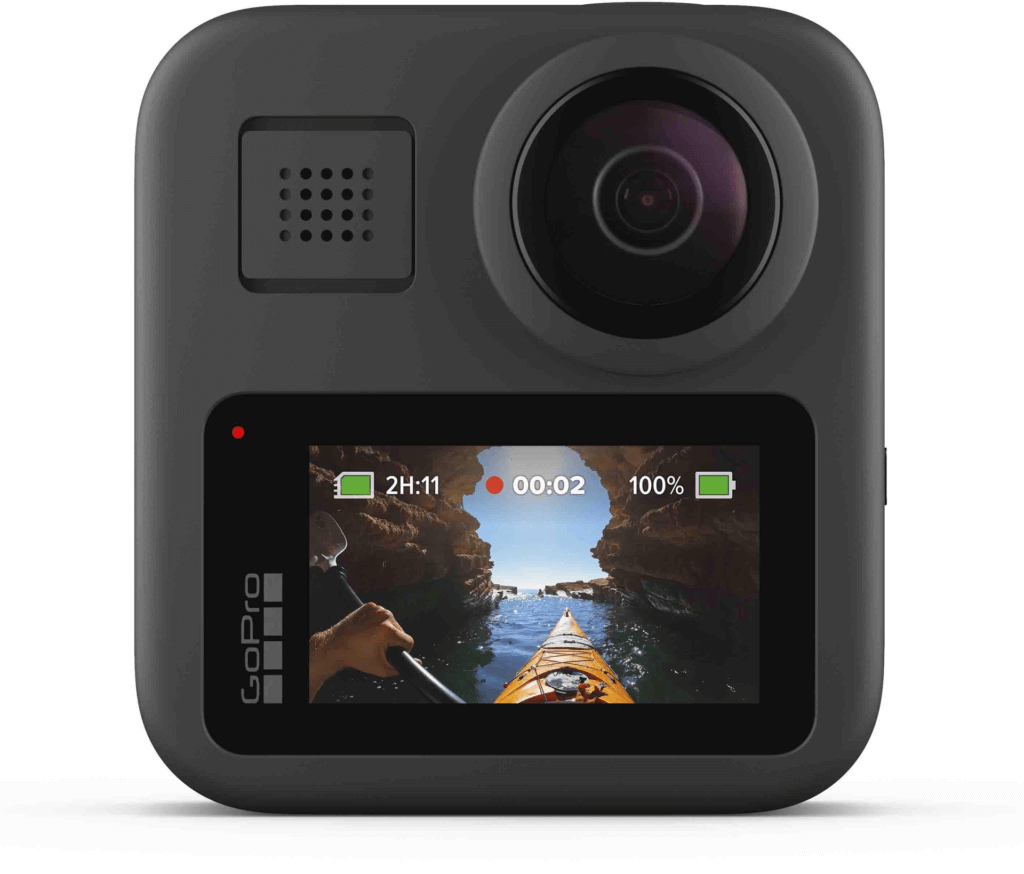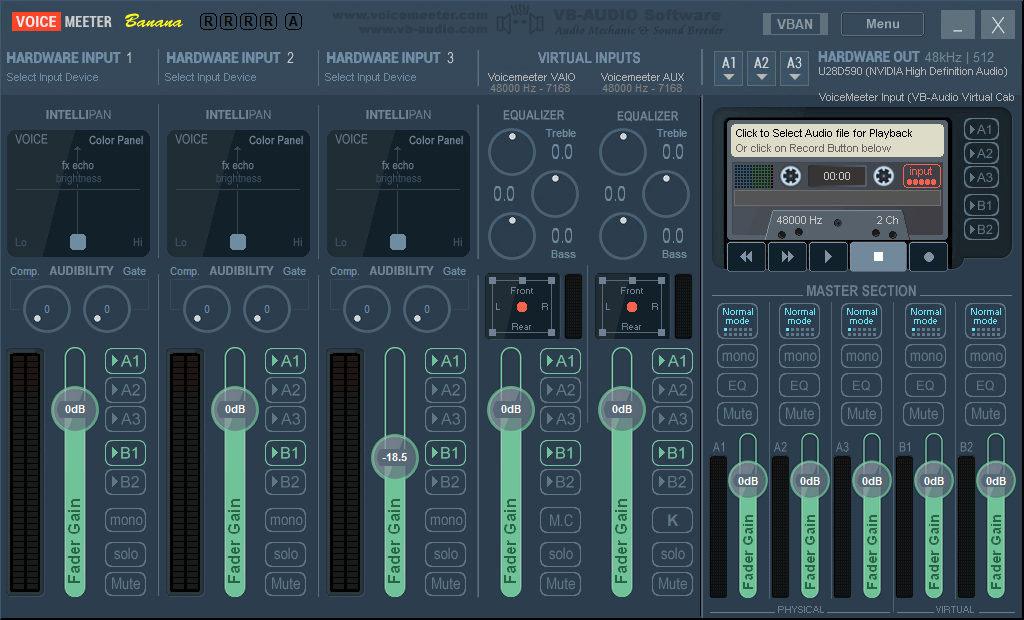The best 360 cameras for VRsafety in 2020
VRSafety supports almost all consumer-grade 360-degree cameras. If it records in 360-degrees and saves files in MPEG format, then it should work. That said, just because it works doesn’t mean it’s the best choice to get the job done.

Ricoh Theta Z1
If you’re looking to create a safety training solution that is primarily photo-based, we would recommend the Ricoh Theta Z1. There are better cameras for capturing video, but the Theta Z1 snaps images at an impressive 6720 x 3360 pixels, which is more than any camera we’ve encountered short of the professional-grade cameras that cost thousands of dollars.
The Theta Z1 captures video in 4K, which seems impressive on paper, but that’s for the entire sphere, not just the viewpoint like a regular camera. It will still work fine, but you can get better video quality out of the other cameras on our list.
The Theta Z1 includes 19GB of internal storage, which is plenty for images and enough for a handful of videos.

Insta360 One X
The Insta360 One X is one of the best handheld 360 video cameras on the market. It features class-leading video bitrate at up to 120Mbps, which gives allows it to handle action shots with less image degradation. And Insta360’s FlowState Stabilization might be the best image stabilization technology that we’ve used.
The One X can record video at 5760 x 2880 pixels @ 30 fps or 3840 x 1920 pixels at up to 50 fps. It can also capture 3008 x 1504 pixels at a full 100 fps, which enables slow-motion playback of spherical video.
The Insta360 One X is a capable action camera, but the device requires accessories to make it waterproof and capable of taking on the elements. The company sells a Venture case, which protects the camera from light splashes, snow, and dirt. The Dive case makes the camera waterproof to a depth of 30m.
Insta360 also sells an accessory that enables you to record GPS and telemetry information such as speed and elevation.
The Insta360 features a removable 1050mAh lithium-ion battery, which gives it approximately 60 minutes of run time. Extra batteries are available to extend your shoot time as needed.

GoPro Max
The GoPro Max is the successor to the GoPro Fusion, which is one of our favourite 360-degree cameras. Both cameras capture 360 videos at up to 5.7K and 360 images at up to 18MP (6080×3040). These cameras include a built-in 6-axis gyro for image stabilization, and it offers wireless connectivity features so you can control it remotely with your smartphone.
The GoPro Fusion captures video at a relatively low 60 Mbps and encodes in the older H.264 codec. The GoPro Max also records at 60Mbps, but it uses the newer HEVC codec, which is roughly equivalent to 90 Mbps in the older format. As a result, the Max produces clearer video captures than the former model.
The GoPro Max features a removable battery, which means you can prepare for a long day of shooting, which a couple of spare batteries.
The most significant advantage of going with a GoPro camera is their rugged build quality. These cameras built to last, and due to their pedigree as action cameras for extreme sports and motorsports, they can take a beating too. The GoPro Max is also waterproof to a depth of 16ft, so you don’t need to worry about it in damp and wet environments. It’s also safe to operate in dusty and dirty workspaces.
We’ve sorted through the catalog of available 360-degree cameras to find the best ones for the job. Here is a list of cameras that we recommend for VRSafety content creation.

